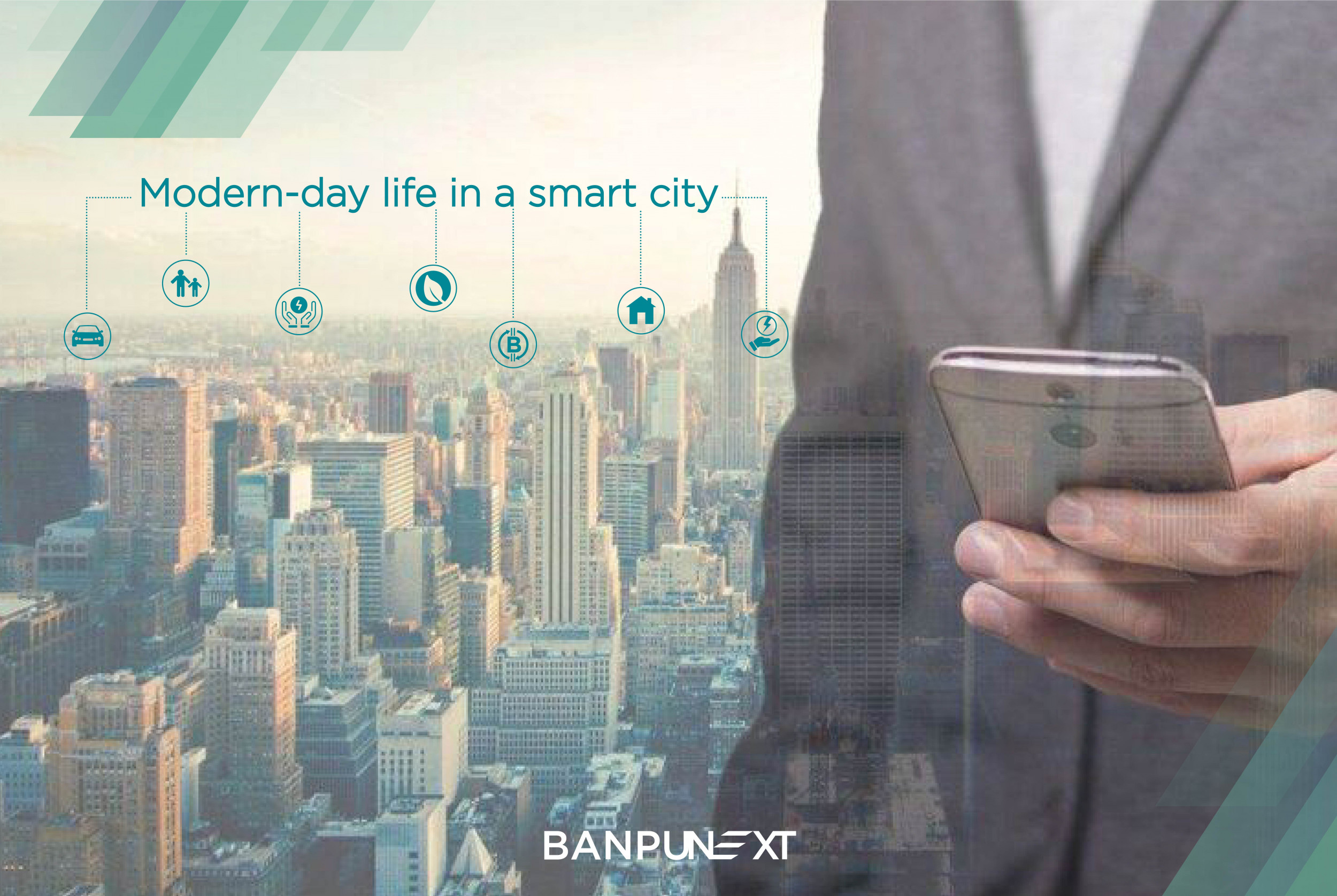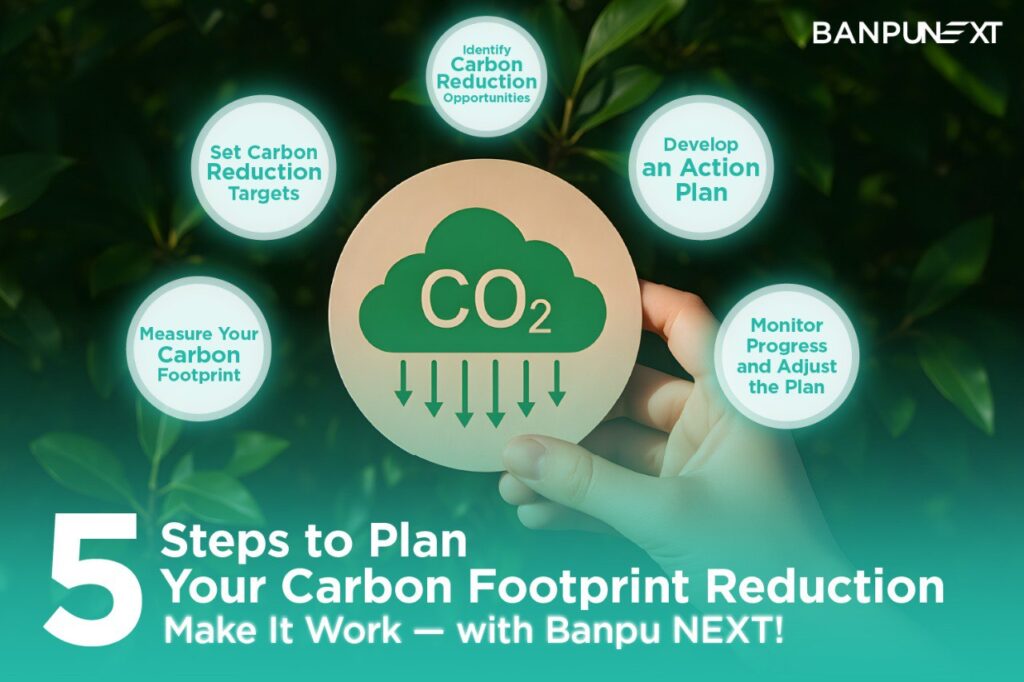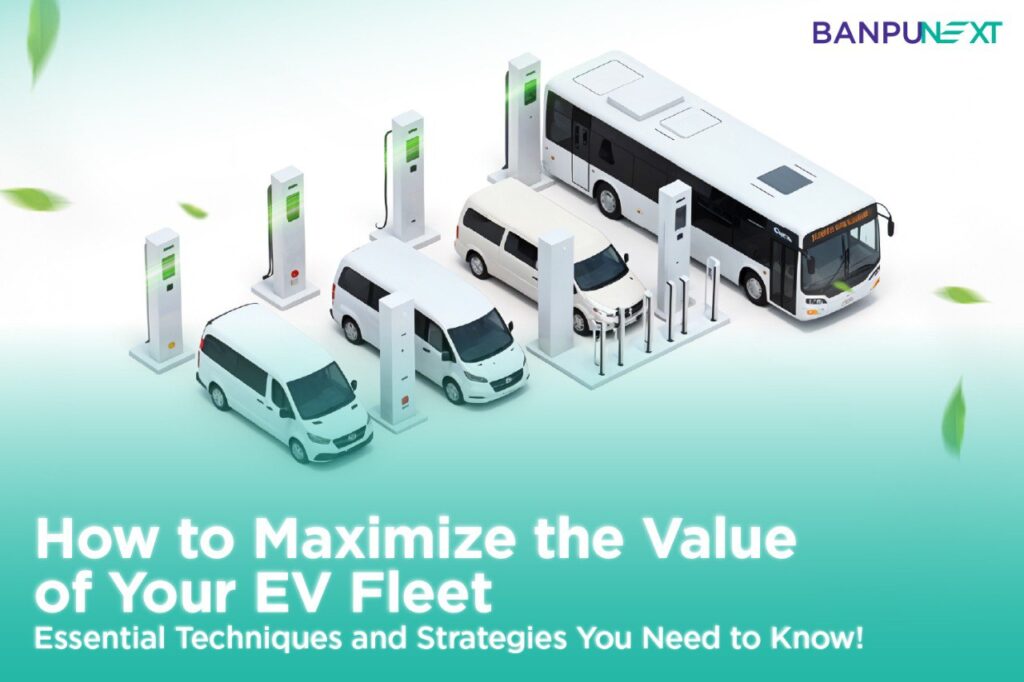What is a smart city? Most of us must have heard of the name, but many do not know exactly how it is different from a normal city. Some of us are even unaware that we have been adapting to increasing use of technology in our everyday life for quite a while, including mobility convenience that involved electrification of vehicles, use of clean energy as alternative fuel, and plenty of easier ways to get things done through app-based or tech-driven services.
A smart city is an urban area that uses technology and innovation to manage public services and infrastructure efficiently, addressing issues that people would otherwise face right from the first step out of their doors. For example, mass rapid transit systems such as BTS and MRT have enabled traveling from place to place across Bangkok Metropolitan Region in a matter of minutes and help ease road traffic, too. Other examples seen in university campuses include electric shuttle and bicycle sharing services as well as installation of EV chargers to help popularize electric vehicles, which significantly reduced in-campus air pollutions from vehicle exhaust emissions.
If we have efficient modes of public transport that use clean energy, more people will switch to them. In addition to easing road traffic, they contribute to emission cuts and make clean air much more achievable in big cities.
Besides mobility, smart city development is changing many other aspects of people’s everyday life. Today we hardly need to go to any physical establishments to process necessary transactions, thanks to the advent of computer, internet, and smartphone, etc. Banking transactions such as deposit, withdrawal and new account opening can be processed on a smartphone with a mobile banking application installed. Seeking public services and paying for utilities bills, too, can today be done via mobile applications on our smartphone.
In the near future, use of clean or renewable energies will likely become an everyday scene, seeing more business and home application of rooftop solar power systems, for example, due to cost-saving advantage, eco-friendliness and renewability of the energy source. Enriched by technology, modern-day life allows us to enjoy more spare time on a daily basis and simultaneously save exhaustible resources, such as storing data in digital media and on cloud storage that reduce use of paper and waste production.
In summary, a smart city uses modern information technology and innovation to enrich infrastructure development for greater efficiency and better sustainability. Smart city development improves people’s quality of life, making services easily accessible to people. Its use of technology and clean energy also allows for cost saving both in terms of money and time spent. The resulting efficiency means that people could have more time to spend on meaningful things rather than being stuck in road traffic, and they can connect with each other more easily within an organization and enjoy greater variety of choices, etc. Meanwhile, easier touchpoints between people and government agencies enable better information of public issues and more effective use of digital technology to analyze data for informed solutions and development planning of each area or city in the future.
While smart city development is taking shape in many areas of Thailand, companies, and organizations with strong expertise in energy development will play an important role as the enablers. One of them is Banpu NEXT, a leading provider of smart clean energy solution in Asia Pacific that meets customers’ needs with innovation and expertise in energy technology at international standards for sustainable betterment of life. With its presence, we can expect to see more and more cities using clean energy innovation.







